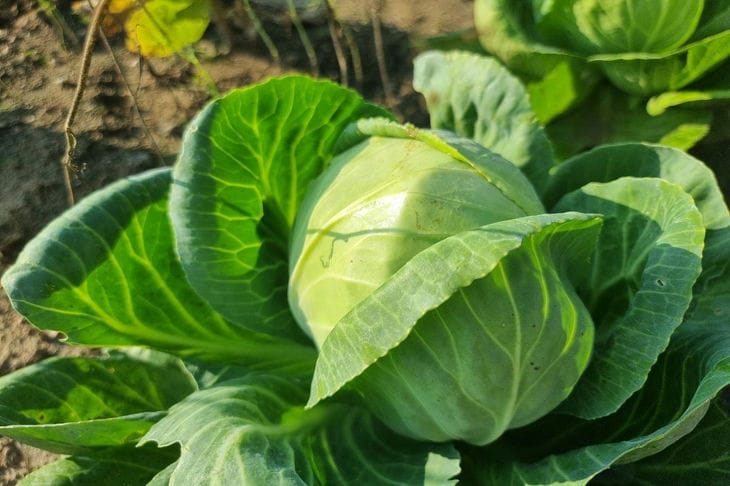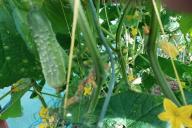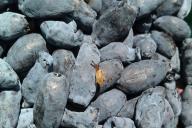September is a crucial month for white cabbage.
Proper feeding during this period can significantly affect the size and quality of the harvest.
Experienced gardeners know that in order to get large, juicy heads of cabbage, you need to pay special attention to plant nutrition in the fall.

Features of autumn feeding of cabbage
White cabbage is a crop that requires nutrition, especially during the period of head formation.
In September, plants need an increased supply of nutrients to build up mass and prepare for storage.
Correctly selected fertilizers will help cabbage form a dense head and increase resistance to diseases.
Organic fertilizers
Liquid manure is an excellent source of nutrients for cabbage. The solution is prepared at a ratio of 1:10 and applied under the roots of the plants.
This type of fertilizing enriches the soil with nitrogen and microelements, stimulating the growth of cabbage. An alternative could be an infusion of chicken manure diluted with water in a ratio of 1:20.
Mineral complexes
For balanced nutrition of cabbage in September, complex mineral fertilizers with a predominance of potassium and phosphorus are suitable.
These elements contribute to the formation of a dense head of cabbage and increase the shelf life of cabbage during storage.
It is recommended to use specialized mixtures for cabbage crops, following the instructions for use.
Potassium fertilizers
Potassium plays a key role in preparing cabbage for winter. It improves the taste of the vegetable and increases its resistance to frost.
Potassium sulfate or potassium magnesium sulfate is added to the soil at a rate of 15-20 g per square meter. Wood ash, rich in potassium and microelements, can also be used.
Phosphorus fertilizers
Phosphorus is necessary for the formation of the root system and strengthening the immunity of plants.
Superphosphate, added to the soil in the amount of 20-30 g per square meter, will provide the cabbage with the necessary amount of this element. Phosphorus fertilizers are best applied when loosening the soil around the plants.
Microelements
For full development, cabbage also requires microelements. Boron improves calcium absorption and prevents heads from cracking.
Magnesium is involved in photosynthesis and the formation of chlorophyll. Complex fertilizers with microelements or special solutions will help provide plants with everything they need.
Folk remedies
Many gardeners successfully use folk methods of feeding cabbage. Nettle infusion, rich in nitrogen and microelements, stimulates plant growth.
Iodine solution (1 drop per 10 liters of water) strengthens the immunity of cabbage and protects against diseases. These products can be alternated with mineral fertilizers to achieve the best result.








